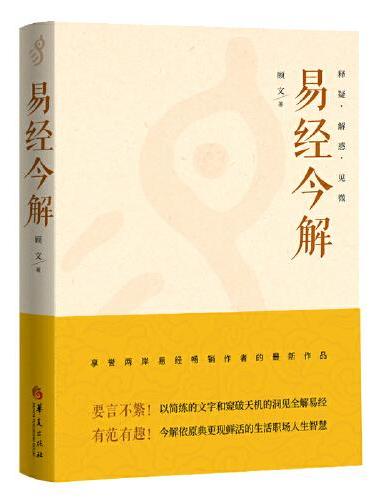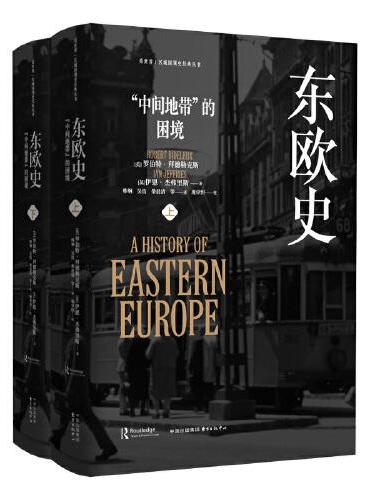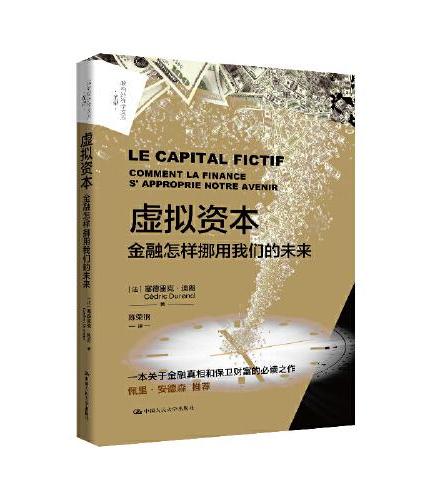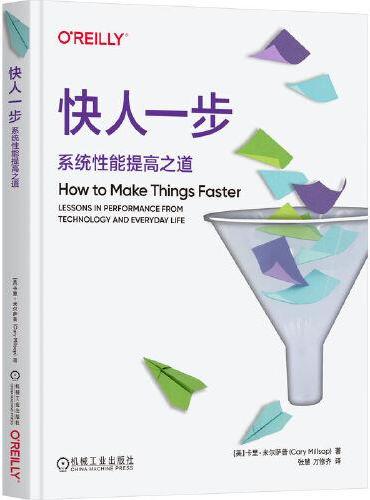新書推薦:

《
易经今解:释疑·解惑·见微
》
售價:NT$
403.0

《
东欧史(全二册)-“中间地带”的困境
》
售價:NT$
1010.0

《
虚拟资本:金融怎样挪用我们的未来
》
售價:NT$
352.0

《
刻意练习不生气
》
售價:NT$
179.0

《
大宋理财:青苗法与王安石的金融帝国(全彩插图本)
》
售價:NT$
500.0

《
安全感是内心长出的盔甲
》
售價:NT$
305.0

《
快人一步:系统性能提高之道
》
售價:NT$
505.0

《
我们为什么会做梦:让梦不再神秘的新科学
》
售價:NT$
352.0
|
| 內容簡介: |
|
卡达雷利主编的《材料手册》第二版提供所有类别的材料的物理和化学性质,是一本简洁的手边工具书。第二版与第一版的差别是扩大新的家庭用的材料,但重点是每一类常见的工业材料的性能。《材料手册(7土壤肥料水泥混凝土石材结构材料林木燃料推进剂炸药复合材料)》一书内容为原手册第14、15、16、17、18章的土壤、肥料、水泥、混凝土、石材、结构材料、林木、燃料、推进剂、炸药、复合材料的介绍。
|
| 目錄:
|
Introduction
14 Soils and Fertilizers
14.1 Introduction
14.2 History
14.3 Pedogenesis
14.3.1 Weathering and Alteration of Minerals and Clays Formation
14.3.2 Incorporation of Organic Matter
14.3.3 Mass Transfer between Horizons
14.3.3.1 Descending Processes
14.3.3.2 Ascending Processes
14.4 Soil Morphology
14.4.1 Major Horizons
14.4.2 Transitional Horizons
14.4.3 Subdivisions of Master Horizons
14.5 Soil Properties
14.5.1 Horizon Boundaries
14.5.2 Coloration of Soils
14.5.2 Soil Texture
14.5.4 Soil Structure
14.5.5 Consistency
14.5.6 Roots
14.5.7 Acidity pH and Effervescence
14.6 Soil Taxonomy
14.6.1 USDA Classification of Soils
14.6.2 FAO Classification of Soils
14.6.3 French Classification of Soils
14.6.4 ASTM Civil Engineering Classification of Soils
14.7 Soil Identification
14.8 ISO andASTM Standards
14.9 Physical Properties of Common Soils
14.10 Fertilizers
14.10.1 Nitrogen Fertilizers
14.10.2 Phosphorus Fertilizers
14.10.3 Potassium Fertilizers
14.10.4 Role of Micronutrientsin Soils
14.11 Further Reading
15 Cements, Concrete, Building Stones and Construction Materials
15.1 Introduction
15.1.1 Nonhydraulic Cements
15.2 Portland Cement
15.2.1 History
15.2.2 Raw Materials for Portland Cement
15.2.3 Processing of Portland Cement
15.2.4 Portland Cement Chemistry
15.2.5 Portland Cement Nomenclature
15.3 Aggregates
15.3.1 Coarse Aggregates
15.3.2 Fine Aggregates
15.4 MineralAdmixtures
15.5 Mortars and Concrete
15.5.1 Definitions
15.5.2 Degradation Processes
15.6 Ceramics for Construction
15.7 Building Stones
15.7.1 Limestones and Dolomites
15.7.2 Sandstones
15.7.3 Basalt
15.7.4 Granite
15.8 Further Reading
16 Timbers and Woods
16.1 General Description
16.2 Properties of Woods
16.2.1 Moisture Content
16.2.2 Specific Gravity and Density
16.2.3 Drying and Shrinkage
16.2.4 Mechanical Properties
16.2.5 Thermal Properties
16.2.6 Electrical Properties
16.2.7 Heating Values and Flammability
16.2.8 Durability and Decay Resistance
16.3 Properties of Hardwoods and Softwoods
16.4 Applications
16.5 Wood Performance in Various Corrosives
16.6 Further Reading
17 Fuels, Propellants and Explosives
17.1 Introduction and Classification
17.2 Combustion Characteristics
17.2.1 Enthalpy of Combustion
17.2.1.1 Stoichiometric Combustion Ratios
17.2.1.2 Low Net and High Gross Heating Values
17.2.1.3 Air Excess
17.2.1.4 Dulong''s Equations and Other Practical Equations
17.2.1.5 Adiabatic Flame Temperature
17.2.1.6 Wobbe Index for Gaseous Fuels
17.3 Solid Fuels: Coals and Cokes
17.4 Liquid Fuels
17.5 Gaseous Fuels
17.6 Prices of Common Fuels
17.7 Propellants
17.7.1 Liquid Propellants
17.7.1.1 Petroleum-based Propellants
17.7.1.2 Cryogenic Propellants
17.7.1.3 Hypergolic Propellants
17.7.2 Solid Propellants
17.8 Explosives
17.9 Further Reading
17.9.1 Fuels and Combustion
17.9.2 Propellants and Explosives
18 Composite Materials
18.1 Definitions
18.2 Properties of Composites
18.2.1 Density
18.2.2 Tensile Strength and Elastic Moduli
18.2.3 Specific Heat Capacity.
18.2.4 Thermal Conductivity
18.2.5 Thermal Expansion Coefficient
18.3 Fabrication Processes for Monofilaments
18.4 Reipforcement Materials
18.4.1 Glass Fibers
18.4.2 Boron Fibers
18.4.3 Carbon Fibers
18.4.4 Polyethylene Fibers
18.4.5 Polyaramide Fibers
18.4.6 Ceramic Oxide Fibers
18.4.7 Silicon Carbide Fibers
18.5 Polymer Matrix Composites PMCs
18.6 Metal Matrix Composites MMCs
18.7 Ceramic Matrix Composites CMCs
18.8 Carbon-Carbon Composites CCs
18.9 Further Reading
Index
|
|










